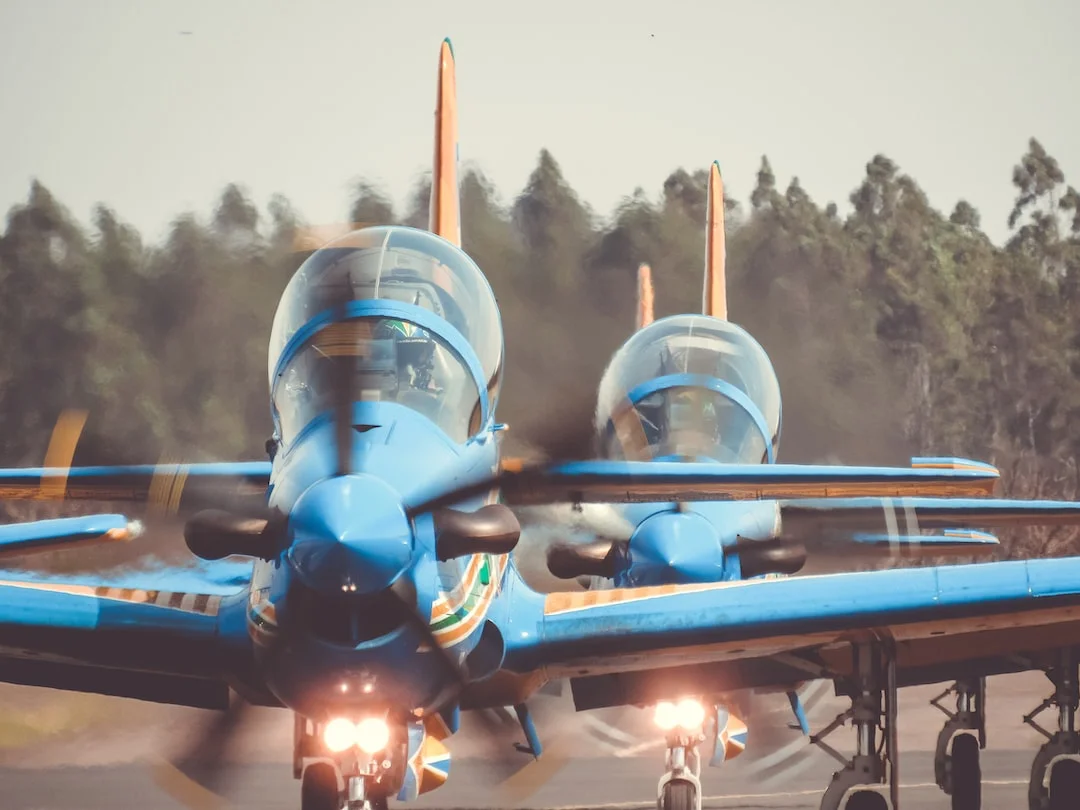The Boeing 737 aircraft is one of the most popular and widely used commercial aircraft in the world. It has played a significant role in shaping the aviation industry and has undergone numerous improvements and advancements over the years. One crucial feature that ensures the safety and efficiency of the Boeing 737 is the Weather Radar, also known as WXR.
The Weather Radar system on the Boeing 737 is an essential tool that pilots rely on to detect and navigate through hazardous weather conditions. It provides real-time information about the surrounding weather patterns, enabling pilots to make informed decisions and take appropriate actions to ensure the safety of their passengers and crew.
Operating a modern commercial aircraft like the Boeing 737 requires a deep understanding of the various systems that contribute to its functionality. In this article, we will delve into the details of the Weather Radar system, its importance, and how it enhances the aircraft’s ability to handle adverse weather conditions.
How Does the Weather Radar Work?
The Weather Radar system on the Boeing 737 works by emitting electromagnetic waves towards the surrounding area. These waves interact with particles in the atmosphere, such as rain, snow, or hail, and bounce back to the radar receiver. By analyzing the characteristics of the returned signals, the Weather Radar system can determine the location, intensity, and movement of weather phenomena.
The Weather Radar system on the Boeing 737 operates on the X-band frequency, which allows for higher resolution and greater accuracy in detecting and displaying weather information. It is capable of detecting various types of weather, including precipitation, turbulence, and even some forms of ground clutter.
One of the key features of the Weather Radar system is its ability to provide a visual representation of the weather conditions ahead of the aircraft. This is typically displayed on the cockpit’s Primary Flight Display (PFD) or Multi-Function Display (MFD). The weather information is usually presented in different colors to indicate the severity of the weather, with green representing light precipitation and red indicating more intense weather conditions.
The Weather Radar system can also help pilots identify specific weather hazards, such as severe thunderstorms or areas of turbulence, by highlighting them on the display. This allows pilots to make timely decisions to either navigate around the hazardous area or adjust the flight path accordingly.
Importance of Weather Radar on Boeing 737
The Weather Radar system plays a crucial role in enhancing the safety and efficiency of the Boeing 737 by providing pilots with vital information about the weather conditions along the flight route. Here are some key reasons why the Weather Radar system is of utmost importance:
1. Weather Avoidance: The ability to detect and avoid hazardous weather conditions is paramount for the safety of the aircraft, passengers, and crew. The Weather Radar system allows pilots to identify areas of intense precipitation, turbulence, or other weather phenomena, enabling them to proactively avoid such regions and navigate around them safely. This helps in minimizing the risk of encountering severe weather events that could potentially disrupt the flight or pose a threat to the aircraft.
2. Flight Efficiency: By providing real-time weather information, the Weather Radar system allows pilots to make informed decisions regarding the flight path. They can choose the most efficient route, avoiding areas of adverse weather conditions that may cause delays or require deviation from the intended path. This helps in reducing fuel consumption, optimizing flight times, and increasing overall operational efficiency.
3. Passenger Comfort: Another significant benefit of the Weather Radar system is ensuring passenger comfort. By avoiding areas of turbulence or severe weather, pilots can maintain a smoother flight experience, reducing the likelihood of passenger discomfort or anxiety. The ability to navigate around regions of adverse weather conditions provides a more comfortable and enjoyable journey for the passengers.
4. Improved Decision Making: Visualizing weather conditions in real-time allows pilots to make better-informed decisions. They can assess the severity and location of weather phenomena, and determine whether to deviate from the planned route or choose an alternative course of action. The Weather Radar system enables pilots to have a comprehensive understanding of the weather situation, thereby enhancing their decision-making capabilities and ensuring the safety of the flight.
Overall, the Weather Radar system on the Boeing 737 is an essential tool that empowers pilots with valuable information about the weather conditions along their flight route. Its role in weather avoidance, flight efficiency, passenger comfort, and decision-making cannot be understated.
The Future of Weather Radar
As technology continues to advance, so does the Weather Radar system on the Boeing 737. The future of weather radar holds promising developments that aim to further enhance the capabilities and effectiveness of this critical system.
One such advancement is the implementation of Dual Polarized Weather Radar. Unlike conventional radar systems that only transmit and receive a single horizontal polarization, dual-polarized radars can simultaneously transmit and receive both horizontal and vertical polarizations. This allows for more precise determination of the size, shape, and characteristics of weather particles, leading to improved weather detection and analysis.
Furthermore, advancements in computational power and data processing capabilities enable the integration of weather radar data with other aircraft systems, such as Traffic Collision Avoidance System (TCAS) and Enhanced Ground Proximity Warning System (EGPWS). This integration allows for a more comprehensive situational awareness, facilitating better decision making and enhancing overall flight safety.
In conclusion, the Weather Radar system plays a pivotal role in ensuring the safety, efficiency, and comfort of the Boeing 737 aircraft. With its ability to detect and display real-time weather information, pilots can navigate through adverse weather conditions with confidence. As technology continues to evolve, the future holds exciting possibilities for further advancements in weather radar technology, ultimately strengthening the capabilities of the Boeing 737 and enhancing the aviation industry as a whole.
For More: What is FMC on Boeing 737? (Flight Management Computer)




